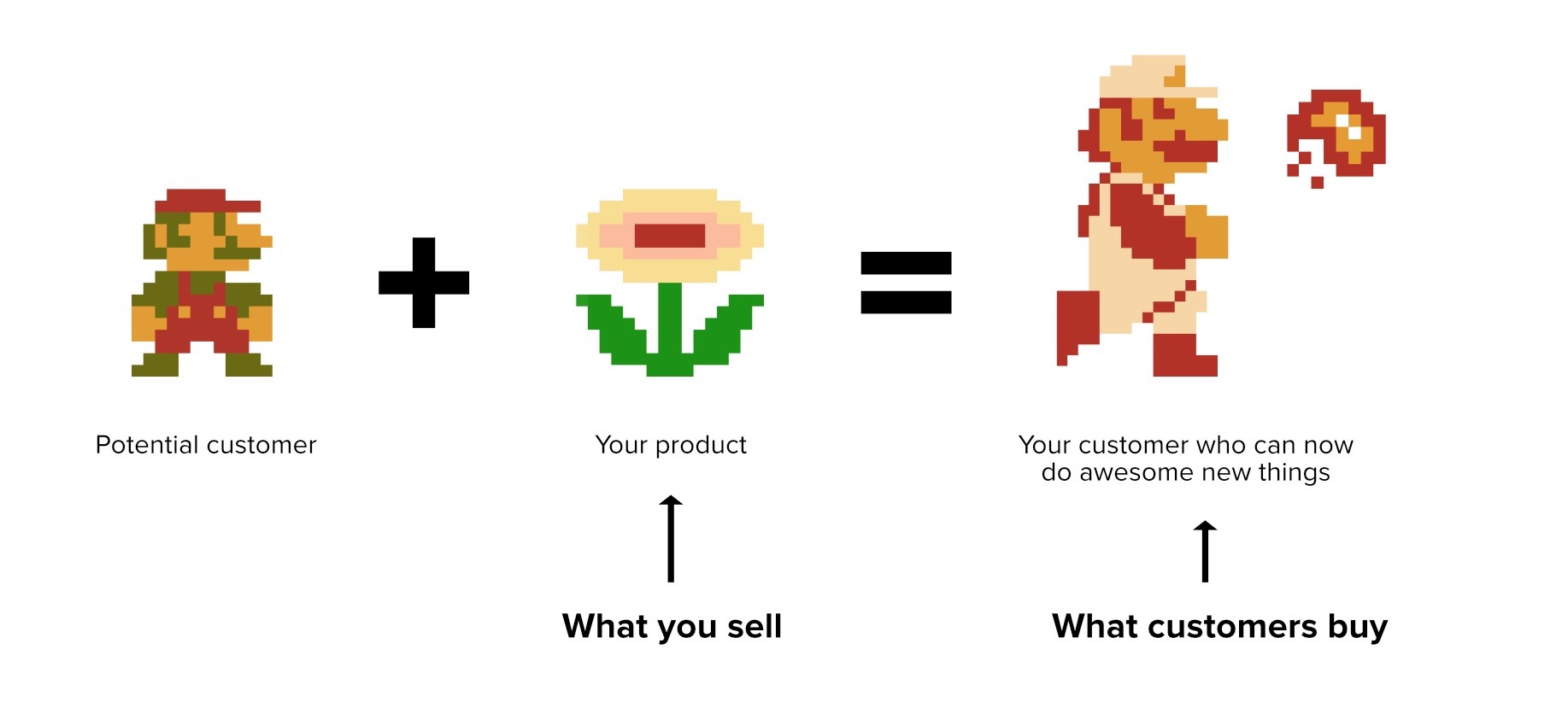“Customers are not interested in your solution. They are only interested in their problems.” So what job is your product or service solving? How does it make your customers’ lives better?

Deeply inspired by Alan Klements’ “When Coffee and Kale Compete” and Kathy Sierras’ “Badass: Making Users Awesome” we want to bring a new way of thinking to how we develop products. By focusing on the desire every customer has to improve themselves and how customers image their lives being better when they have the right solution.
This page is a representation of everything that I’ve learned along the way learning and applying #JTBD style thinking in my daily work designing and building products.
If you live in Switzerland make sure to join our Meetup Group!
Understanding Jobs to be Done
A collection of videos & resources that helped me the most in understanding #JTBD.
Introduction by Bob Moesta
Growth comes from the struggling moments that we choose, to make things better. If there’s no struggle, there is no growth. I can create the best thing in the world, but if they are not struggling, they are never going to get that thing. – Bob Moesta
I can learn more in ten interviews than in a thousand surveys. – Bob Moesta
Customer Interviews
One of the most helpful tools in the #JTBD area is the customer interview. Mastering Jobs-To-Be-Done Interview is the best way to start to learn about how to conduct #JTBD style interviews yourself. The course costs 300$ USD and is totally worth it.
Conducting interviews
Before each interview I like to quickly skim through the Jobs-to-be-Done Handbook. It’s a great refresher.
Bob Moesta - Inside the Customer Mind
Inside the Customer Mind: Jobs-to-be-Done Theory with Bob Moesta, a great interview.
It’s not a process it’s not steps. People think the process is the magic bullet and it’s the thing that is letting everybody down. Because they haven’t done the reps on the skill. They feel like: “if I study how to ride a bike, I will know how to ride one.” No, you have to fall of the bike a few times, you have to do these things and learn how to get good at these things, we don’t have to just study these things. To be a good innovator you have to learn these skills, not necessarily just the process. – Bob Moesta
Jason Fried - Jobs-to-be-Done at Basecamp
Interview with Jason Fried of Basecamp on how they apply #JTBD to improve their product.
Ryan Singer - Keep digging
This is a great blog post by Ryan that shows that there is no “cookie-cutter” method when it comes to asking the right questions. As you get more used to interviewing people over time, you will instinctively know where to dig deeper.
My learnings
Explain JTBD before the project starts:
Some principles and ideas behind JTBD are very profound and deep. It can take a while until these finally “click” in your head and start to make sense. If you work in a team and intend to use JTBD for research, then I highly recommend giving a quick introduction to everyone involved - especially stakeholders.
Keep it simple and focus on these points:
- People don’t buy products to just own them, but because they think that the product will help them make progress in reaching a “better version” of themselves.
- The timeline is a tool used to uncover various aspects about the first point. When did they first think they had to change? This is why we conduct the interview the way we do.
- Explain the forces of progress (Push, Pull, Anxiety and Habit).
In addition to explaining these concepts I can recommend doing a quick “demo-interview” in front of the group.
Send a Reminder to interviewees
Research can be a time and energy consuming process and there is nothing more frustrating than a participant that forgets to show up. This is why I started messaging participants the morning of the interview to remind them about the appointment.
That way the participant can still react and re-schedule if he or she realizes that today isn’t as good a day as they might have initially thought when agreeing to the interview.
Have a Checklist before and after the inteviews
I’m a big fan Checklists. Here’s the current one I use when conducting JTBD research.
Project-Level:
- Make sure everyone in the project understands how the interviews will be conducted.
Morning of the interview:
- Send SMS reminder to all participants.
When doing it in person:
- Make sure the participant knows the address of the location.
- Have beverages / water ready.
When conducting remote interviews:
- Charged Laptop, iPad & Phone.
- Phone connected to power-outlet when using it for the call.
- Wired Microphone & Headphones
- Quiet space available
Before the call:
- Make sure that you have a stable internet / phone connection.
- Start all necessary software. (I use audiohijack to combine the sound of the microphone with the sound coming from my VoIP App, FaceTime, Skype or whatever I use for the Interview.
- Check if all the audio devices work as intended.
Interview Start:
- Make sure the reward for the interview is clear & check if the delivery address is correct.
- Ask permission to record the interview.
- [[PRESS RECORD]]